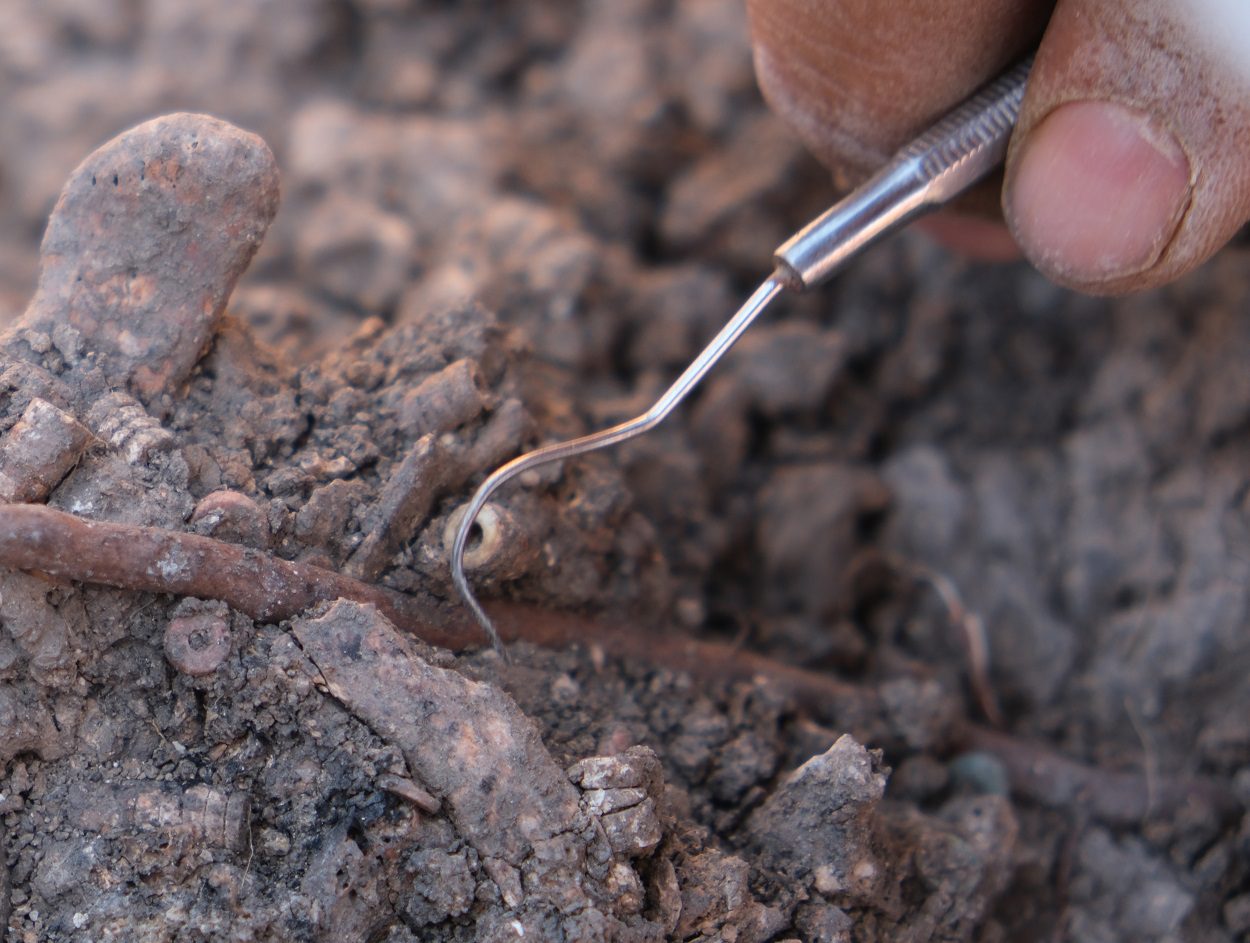Stone personal ornaments found in 11,000-year-old burials provide the earliest evidence of body perforation in South-west Asia.
Archaeologists have uncovered 100 earring-like ornaments in 11,000-year-old adult burials at the early Neolithic site of Boncuklu Tarla, Türkiye.
According to a new study published in the journal Antiquity, the ornaments were used for body perforation, and also suggest that they were used in coming-of-age rituals for young adults.
The ornaments were discovered in situ next to the ears and chins of the skeletal remains, and are mostly made from limestone, obsidian, or river pebbles. The diversity of the ornaments indicate that they were crafted for use in both ear and lower lip piercings known as labrets.
This is supported by a skeletal analysis of the remains, revealing wear patterns on the lower incisors consistent with historical and contemporary instances of labret-wearing in different cultures.
According to the study authors: “Further examination of the skeletons found that, both males and females had piercings, but they were exclusively worn by adults. None of the child burials had any evidence of these ornaments.”

This suggests that piercings served not only aesthetic purposes but also held social significance. It is probable that they served as a rite of passage, symbolising an individual’s transition into adulthood.
According to Dr Baysal, Associate Professor at Ankara University: “It shows that traditions that are still very much part of our lives today were already developed at the important transitional time when people first started to settle in permanent villages in western Asia more than 10,000 years ago.”
“They had very complex ornamentation practices involving beads, bracelets and pendants, including a very highly developed symbolic world which was all expressed through the medium of the human body”, added Dr Baysal.
Header Image Credit : Antiquity
Sources : Antiquity – Bodily boundaries transgressed: corporal alteration through ornamentation in the Pre-Pottery Neolithic at Boncuklu Tarla, Türkiye – Ergül Kodaş, Emma L Baysal & Kazım Özkan. https://doi.org/10.15184/aqy.2024.28





